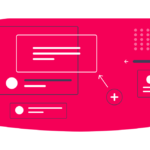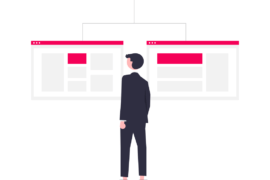Looking for the top 10 header bidding partners in 2023? This updated list features some of the best networks and exchanges to maximize your ad revenue through real-time bidding auctions.
There is no denying that the introduction of header bidding in the advertising industry has changed the way publishers sell their ad inventory. However, as the ad tech industry is continuing to evolve, keeping up with the header bidding demand patterns is as important for the publishers.
If you are a publisher, advertiser, or someone who is a keen observer of the ad tech world, you may know header bidding. It allows the publishers to offer their ad inventory to multiple demand partners at the same time, which also involves ad networks and ad exchanges.
Publishers across the globe have been reaping the benefits header benefits have to offer. In fact, In June 2022, out of one million websites with the highest traffic, only 2.6% were utilizing header-bidding technology. However, this percentage significantly increased among the top-ranked websites, with 8% of the top 100,000 websites and 12.5% of the top 10,000 websites using header-bidding technology.
Now let’s take a look at who are the header bidding partners.
Who are Header Bidding Partners?
A header bidding partners is a demand source that publishers integrate into their header bidding wrapper to receive bid requests when users visit their website or app.
By partnering with these demand partners, publishers can increase their ad revenue at the same time deliver better results for the advertisers.
Now that we are on the same page about header bidding partners, let’s now delve into the list of the top 10 header bidding partners.
List of Top 10 Header Bidding Partners
1. Criteo: Straight to Business
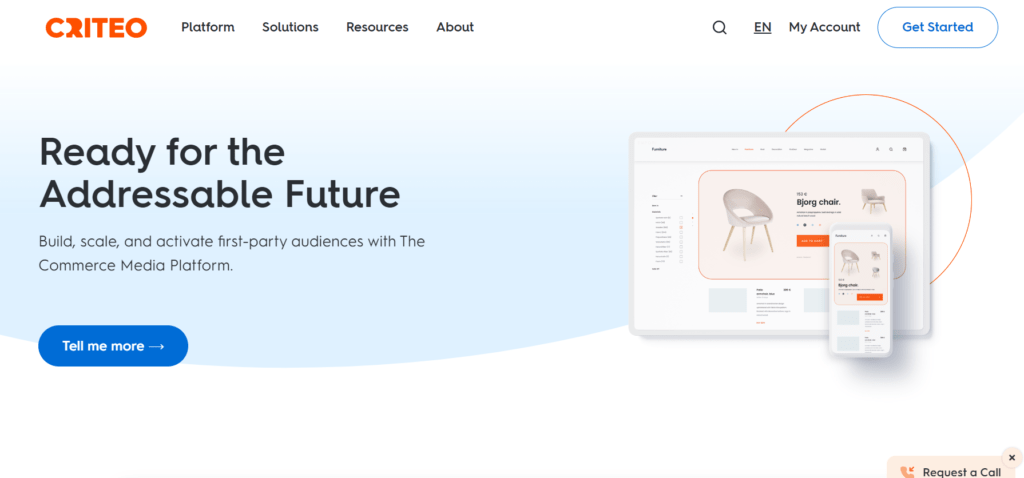
- Minimum monthly impressions: 50M
- Bid rate: 55.9 (desktop); 32.4 (mobile)
- Win rate: 19.9 (desktop); 15.2 (mobile)
- Timeout rate: 20.9 (desktop); 16.4 (mobile)
Criteo doesn’t have a custom wrapper, but it’s the most popular header bidder among Alexa 1000 sites, according to this study by GetIntent). That’s because of Direct Bidder, which is how Criteo stays ahead of Amazon.
Direct Bidder works without second price auctions – meaning that the final bid you receive from Criteo really is the highest bid on its entire marketplace (and not the second highest bid + 1 cent returned by most exchanges). The solution is free to use for publishers.
Direct Bidder works with standard display ads and native units. Since Criteo is also an Acceptable Ad compliant vendor, it will selectively put ad-blocked impressions up for direct bidding as well.
“We are not building our own wrapper. We are trying to drive as much demand as possible, and we don’t want to do anything that will limit our access to supply.”
– Marc Grabowski, EVP of global supply and business development, Criteo (source)
Publishers can begin using Direct Bidder by adding the code directly to the page, the ad server, or within the Index custom wrapper.
2. Google (EBDA): The ‘Alternative’
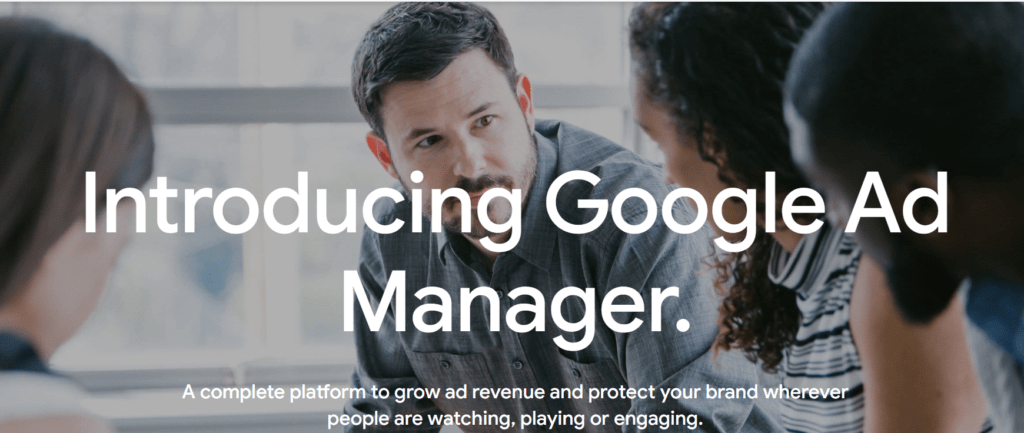
- Minimum monthly impressions: 90M
- Custom header bidding solution: DFP’s Exchange Bidding
Earlier this year, Google released an open beta of Exchange Bidding in Dynamic Allocation, aka EBDA, to all DFP publishers (except users of DFP Small Business).
Essentially, Google opened DFP’s dynamic allocation to other exchanges and created a unified auction within the ad server, in which AdX will now participate without any ‘unfair’ privileges.
For publishers, EBDA is a good workaround to traditional, client-side header bidding – ad calls are handled through servers which means less latency and better UX.
The problem lies with getting other exchanges to bid in this server-side auction. Despite the fact that Google easily owns what amounts to the largest pool of impressions on the internet, ad tech companies (esp. ones like AppNexus) are unwilling to enter the server-side ‘black box’ right in the heart of Google’s ad server.
As of now, Index, Rubicon, Cox, OpenX, and Sovrn are some publicly listed exchanges that have signed up to EBDA. Google is working on signing up more ‘yield partners’.
“Exchanges are building their businesses with improved inventory access, and new players are ramping up their buying or opening negotiations with us weekly.”
– Jonathan Bellack, Director of product management, Google (source)
EBDA works with DFP Publisher Tags and mobile app impressions.
3. Facebook Audience Network: Mobile Demand for Everyone
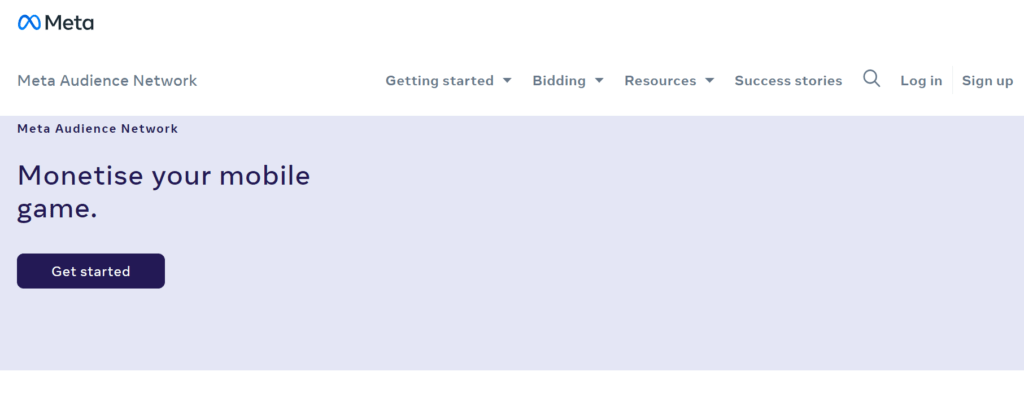
- Supports Prebid.js and Prebid Server
- Minimum monthly impressions: N/A
- Bid rate: 20.1 (desktop); 63.3 (mobile)
- Win rate: 80.5 (desktop); 86.4 (mobile)
- Timeout rate: 5.9 (desktop); 4.1 (mobile)
Facebook doesn’t have a standalone header bidding product, but its Audience Network made waves earlier this year by throwing its weight behind header bidding.
Facebook Audience Network (FAN) has a Prebid adapter for client-side and server-side bidding. It also integrates with custom wrappers by following approved partners—Amazon, Appnexus, Index Exchange, Media.net, Sonobi, and Sortable.
As a bidder partner, FAN brings in demand for mobile web and in-app impressions.
“App demand is an area where Facebook has been quite strong due to their user graph. With the inefficiencies of today’s dated app mediation offerings, this makes the real-time demand of having Facebook compete with exchanges even more attractive to publishers.”
– Drew Bradstock, SVP of product, Index Exchange (source)
Roxot’s bidder performance analysis data pegs FAN to be the most efficient header bidding demand partner for prebid.js users. As the report says, “it bids rarely but gets the job done when it matches a user” as evidenced by the >80% win rate and low timeout rates (==less latency). A must for mobile sites.
Also Read – A Simpler Guide to The Header Bidding Technology | Adpushup
4. Amazon: The Elite Club
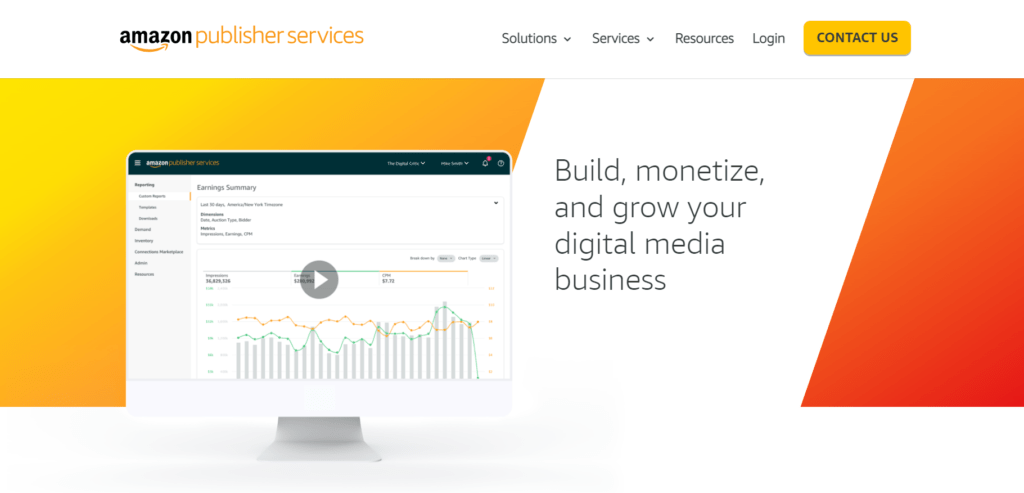
- Minimum monthly impressions: N/A
- Custom header bidding solution: Transparent Ad Marketplace (TAM)
Amazon’s cloud-based header bidding solution offers what Google EBDA doesn’t – fixed rate fee and data transparency.
Publishers and competing exchanges get to see the bid details, which is rare enough on its own in cloud integrations. The exchanges can also pay publishers directly (without processing said the payment through Amazon). Then there’s the matter of a fixed rate fee in place of revenue share – a first for any ad exchange.
One source who viewed the (publisher) contract said the server-side tool will charge about a penny or half-penny CPM, less than many publishers’ ad-serving fees. (via AdExchanger)
Amazon is well-connected on the demand front, with integrations with major exchanges, all six of the top global ad agencies, and the option to add your own demand sources (not just ad exchanges) as you go along. The inventory Amazon is bidding on is extensive too.
“We continue to see growth in new channels. Video has been growing, and there’s more focus on native formats. We see those as areas of opportunity to increase our supply footprint.”
– Saurabh Sharma, Director of Ad Platform, Amazon (source)
Amazon TAM demand is only available via its own cloud-based header and currently integrates with no other open-sourced or custom header bidding containers.
Also see this video to know why transparent reporting and analytics should be considered while choosing a header bidding wrapper:
5. Xandr – Formerly Known as AppNexus
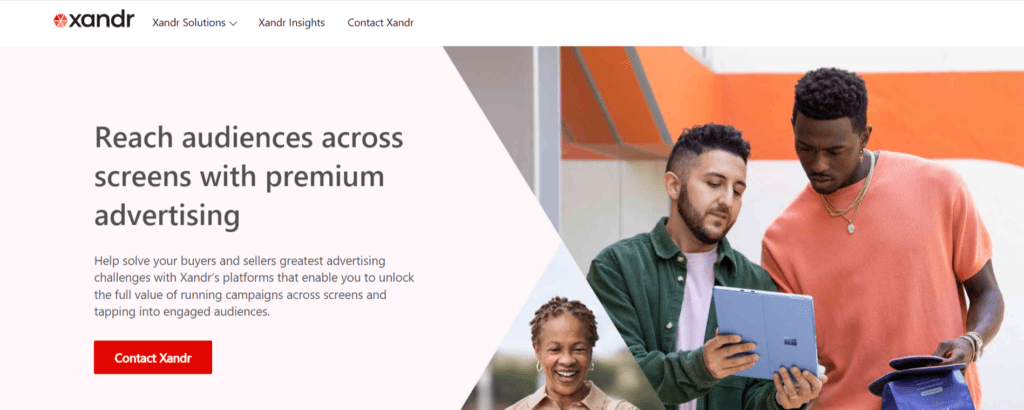
- Supports Prebid.js and Prebid Server
- Minimum monthly impressions: 30M
- Bid rate: 60.8 (desktop); 47.8 (mobile)
- Win rate: 37.8 (desktop); 51.9 (mobile)
- Timeout rate: 14.7 (desktop); 8.9 (mobile)
We cannot talk about header bidding without mentioning Xandr. The Prebid pioneer is everything you need to rebel against a “shady and overbearing” Google.
Early in May 2017, AppNexus released Prebid Server – a free server-side header bidding solution that complements the client-side Prebid wrapper. Currently, the unified auction retrieves bids from AppNexus marketplace, Facebook Audience Network, Index Exchange, and other undisclosed premium partners.
AppNexus is willing to incur the cost of hosting and maintaining server-to-server integrations to “make sure that everyone can take advantage of server-to-server without relying on any black box technology”.
Prebid Server is also open-sourced and transparent, as all bids are received by Prebid.js (client-side version) and visible to publishers. The real challenge is getting approved for a Prebid server connection by AppNexus.
AppNexus does fairly well as a demand partner too, but bids only within prebid or a few custom wrappers (like AOL and Index). Roxot’s analysis puts AppNexus squarely among the top 4 header bidding demand partners in terms of efficiency and timeout rates. Gets a lot of incredibly unique demand from WPP.
Also Read – Header Bidding Optimization – A Step-by-Step Guide
6. Index Exchange: The Neutral Party
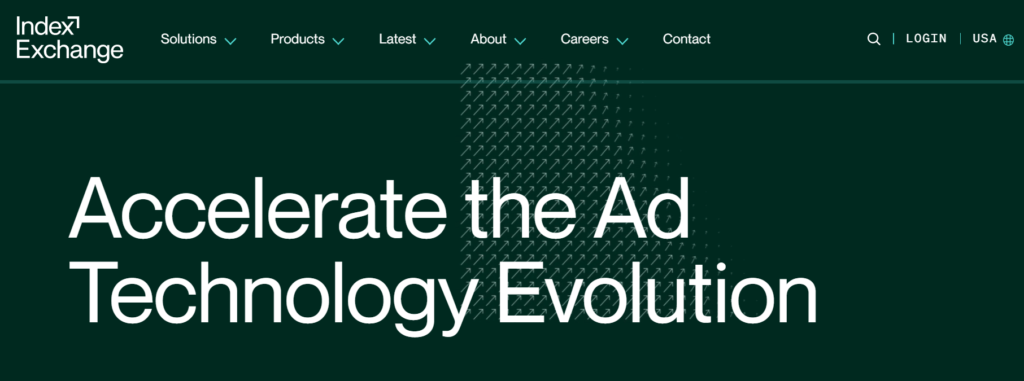
- Supports Prebid.js and Prebid Server
- Yield Partner on Google EBDA
- Minimum monthly impressions: N/A
- Custom header bidding solution: Known simply as “Header Tag Wrapper”
- Bid rate: 68 (desktop); 38 (mobile)
- Win rate: 41.8 (desktop); 51.4 (mobile)
- Timeout rate: 11.9 (desktop); 6.1 (mobile)
Index Exchange takes no part in the tug of war (Google vs. everybody else) in the ad tech ecosystem. It just wants supply for its top-notch demand, and it’s not pulling any stops to get it.
Index Exchange has server-side integration with AppNexus. It also bids through DoubleClick EBDA. In December 2016, Index went ahead with video header bidding (a custom video player with built-in header wrapper logic). It also has its own custom client-side wrapper, which integrates Criteo and Facebook along with other ‘picky’ ad exchanges.
As a header bidding demand partner, Index bids especially well for video impressions in EMEA regions.
Roxot’s performance report puts Index among the top 4 most efficient bidders (win rate * bid rate) and latency (timeout rates).
7. PubMatic
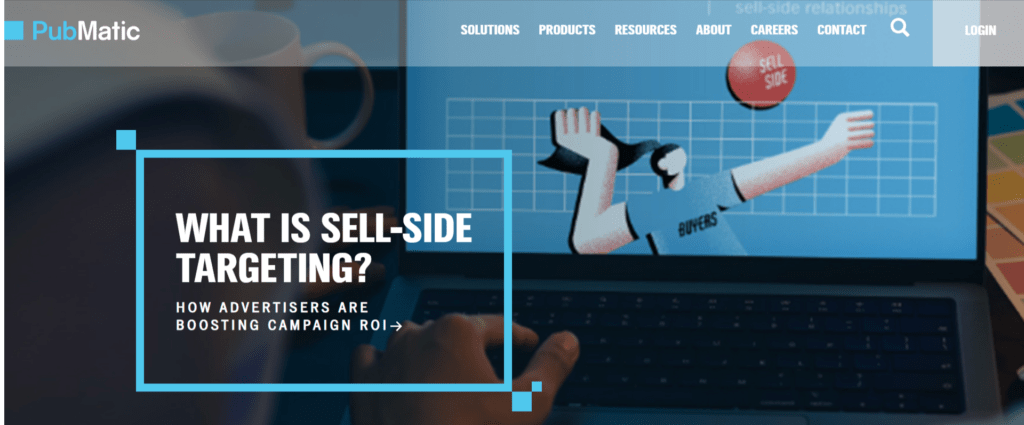
- Supports Prebid.js and Prebid Server
- Yield Partner on Google EBDA
- Minimum monthly impressions: N/A
- Custom header bidding solution: Known simply as “PubMatic Open Wrapr”
If you are looking for an enterprise header bidding wrapper, PubMatic is for you. The company has built the header bidding wrapper on top of the prebid.js and it is certainly attractive to many. Its clients include Verizon Media Group, News Corp, Electronic Arts, and more. Their wrapper comes with plenty of benefits such as A/B testing, baked-in identity management, in-depth analytics, and the list goes on.
8. Magnite (Formerly Known as Rubicon Project)
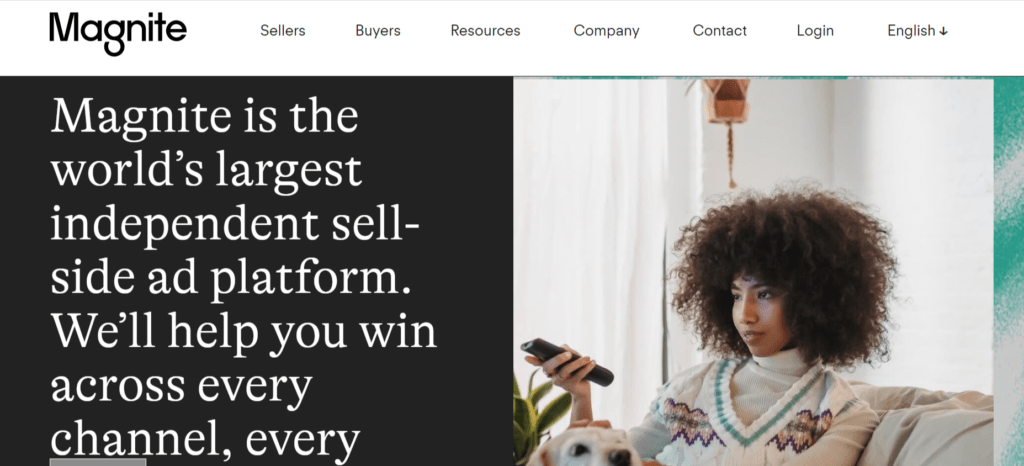
- Supports Prebid.js
- Yield Partner on Google EBDA
- Minimum monthly impressions: 10M
- Custom header bidding solution: FastLane
- Bid rate: 68.4 (desktop); 21.6 (mobile)
- Win rate: 38.3 (desktop); 30.4 (mobile)
- Timeout rate: 5.8 (desktop); 8.2 (mobile)
Magnite took a lot of flack for ignoring header bidding while it was still gaining steam. Consequently, stock prices plummeted, revenue was lost, and employees were laid off.
Now the exchange has extensive plans for header bidding.
Rubicon has a prebid adapter, but publishers need Rubicon’s explicit permission before adding the exchange to a prebid wrapper. Their custom wrapper, FastLane works for display (desktop and mobile), native, and out-stream video impressions, mobile in-app inventory (via a 40kb SDK), and Google AMP sites (via a special adapter).
Rubicon is also making overtures on the buy side of header bidding. The company recently acquired nToggle in an attempt to reduce the strain on DSPs caused by processing redundant bid requests (a header bidding side-effect).
Within prebid.js, Rubicon is an active bidder, managing to lose fewer bids than Facebook Audience Network to latency. Add it to raise bid density without the cost of latency.
Also Read – What are Header Bidding Wrappers? How Do They Work
9. OpenX
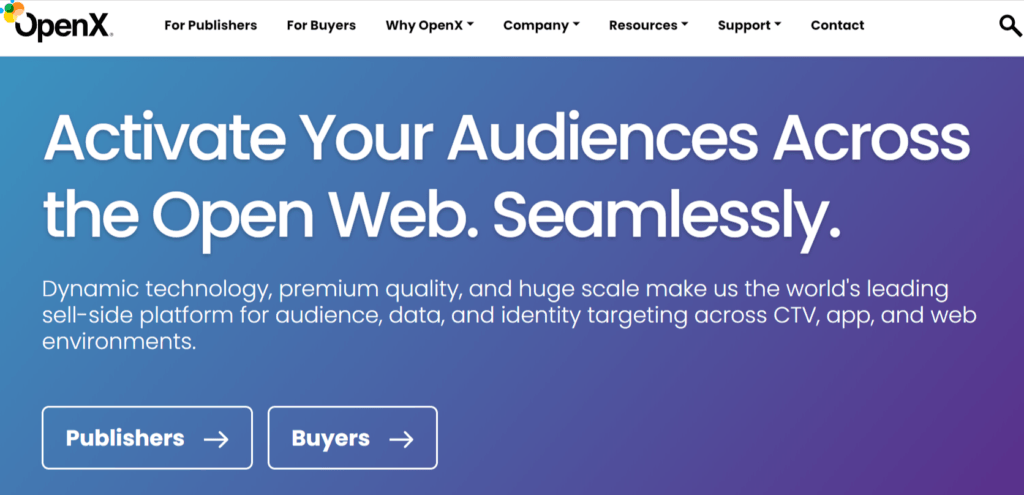
- Supports Prebid.js
- Minimum monthly impressions: 100M
- Custom header bidding solution: OpenX Bidder
- Bid rate: 36.3 (desktop); 28.5 (mobile)
- Win rate: 25.6 (desktop); 23.7 (mobile)
- Timeout rate: 7.3 (desktop); 9.4 (mobile)
OpenX was among the first vendors to provide header bidding to its publishers. They even put a toe in server-to-server header bidding with OpenX Meta – which fizzled out due to widespread skepticism from the rest of the industry.
Currently, OpenX has an adapter for Prebid and its own custom wrapper (OpenX Bidder) for all impression types.
Other than Google, OpenX is the only exchange on this list with an independently validated certification against fraud and malware from Trustworthy Accountability Group (TAG).
OpenX is a decent enough bidder, as per the performance data. The low timeout rate (bids lost because of timeout) makes it a good bidder to have around, despite the low bid and win rates.
10. Basis Technologies Formerly Known as Centro Brand Exchange
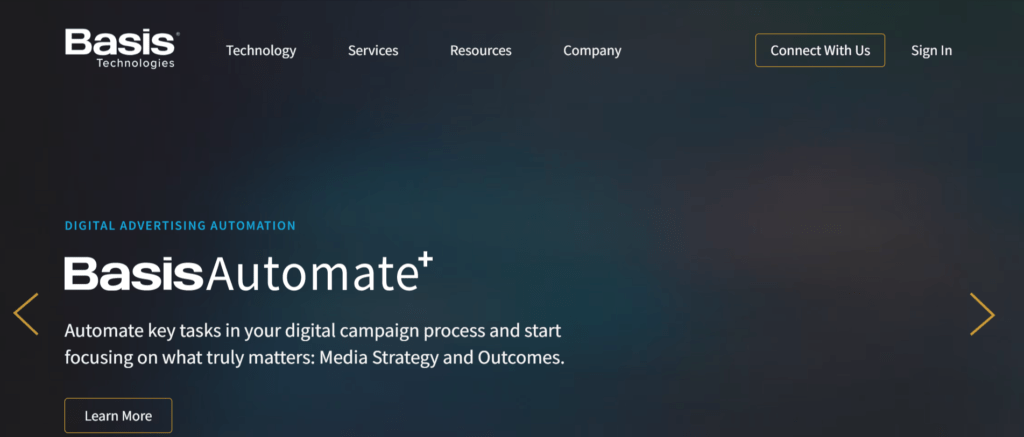
- Supports Prebid.js
- Minimum monthly impressions: N/A
Centro, like Facebook, has no custom wrapper solutions of its own. It has a Prebid adapter and is integrated as a demand partner with a few custom wrappers, a number they plan to increase.
[We have plans to integrate with the header bidding solutions that our publisher partners value and choose to use. We are currently focusing on partnering with both Amazon and Index’s server solutions.]
– Chris Bailey, Director of brand exchange operations, Centro
It has demand for all types of impressions. The exchange, however, is extremely cautious with publisher relations and takes brand safety seriously, choosing to purchase inventory directly (and almost exclusively) from national and local journalistic publications.
AdPushup’s Header Bidding Solution
Merely deploying header bidding in your ad stack isn’t enough. Consistently optimizing it with technical improvements is the need of the hour. This is what AdPushup’s header bidding solution does. Through our multiple optimization features using data science and machine learning, we help publishers maximize their yield.
With our header bidding solution, you get:
- Automatic demand partner selection according to optimum requirements
- Smart timeout management
- Freedom to bring your own demand
- Bid monitoring and discrepancy resolution
To get started, click here.
Frequently Asked Questions – Header Bidding Partners
Header bidding demand partners are networks to whom header bidding wrapper sends bid requests for ad inventory, and they bid in real-time auctions to fill the ad slots.
There are four main types of header bidding: traditional header bidding, server-side header bidding, header bidding with wrapper tags, and client-side header bidding.
A header bidding wrapper is a piece of javascript code that manages the header bidding process by sending bid requests to multiple demand partners and returning the highest bid to the website or app.

Deepak has a keen eye for detail and a deep understanding of the ad tech landscape. Whether it’s through in-depth articles, thought-provoking insights, or compelling storytelling, he’s dedicated to helping people navigate the complex world of ad tech with the simplicity of his words.

